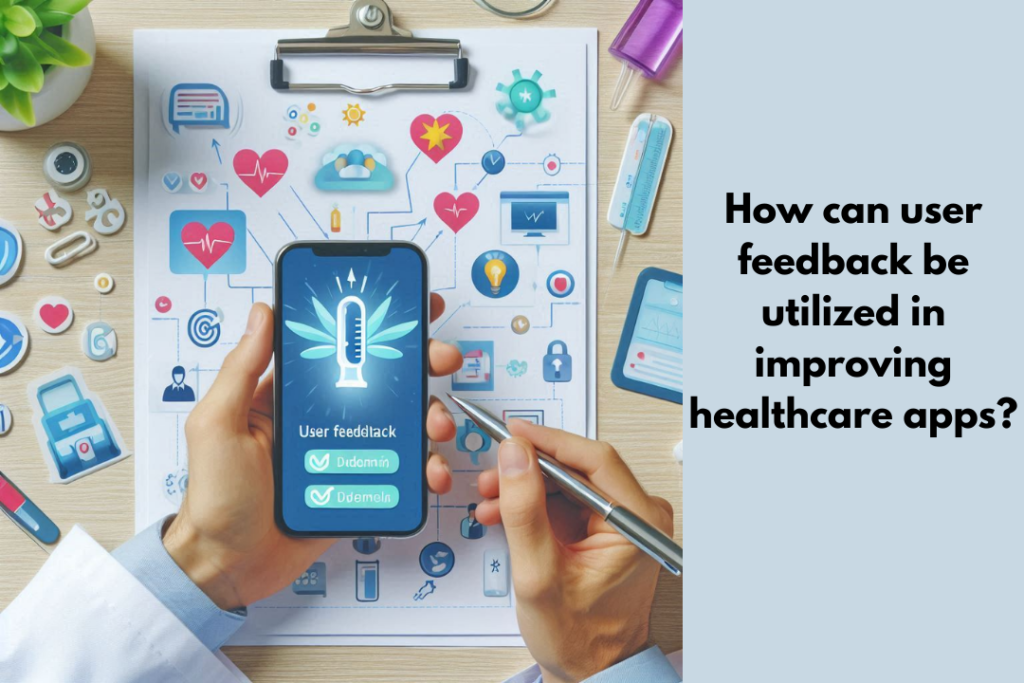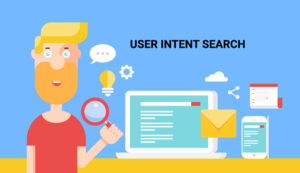How can user feedback be utilized in improving healthcare apps?

Introduction
In today’s digital age, healthcare apps have become an essential tool for managing health and wellness. From tracking fitness goals to managing chronic conditions, these apps offer a wide range of functionalities. However, the true success of a healthcare app lies in its ability to meet users’ needs effectively. This is where user feedback plays a crucial role. Understanding and incorporating user feedback can significantly enhance the app’s usability, functionality, and overall user experience. In this blog, we will explore how user feedback can be utilized to improve healthcare apps, ensuring they remain relevant, user-friendly, and effective.
1. The Importance of User Feedback in Healthcare Apps
User feedback is invaluable in the development and continuous improvement of healthcare apps. It provides direct insights into users’ experiences, preferences, and pain points, offering developers a clear understanding of what works and what doesn’t.
Benefits of User Feedback
- Real-Time Insights: Immediate feedback allows developers to understand users’ current needs and issues.
- User-Centric Design: Feedback ensures the app evolves to better meet user expectations.
- Improved User Retention: Addressing user concerns can lead to higher satisfaction and loyalty.
- Error Identification: Users can identify bugs or issues that may not have been caught during testing.
Example
Consider the MyFitnessPal app, which continually evolves based on user feedback. By listening to users’ suggestions, the app has expanded its food database, added barcode scanning features, and improved tracking functionalities, making it one of the most popular fitness apps.
2. Methods for Collecting User Feedback
There are various ways to gather user feedback, each offering unique advantages. Selecting the right method depends on the type of information sought and the stage of the app’s lifecycle.
2.1 In-App Surveys
In-app surveys are an effective way to gather specific information from users. These surveys can be short and targeted, focusing on particular features or aspects of the app.
2.2 User Reviews and Ratings
App store reviews and ratings provide a wealth of information. They not only offer insights into users’ satisfaction levels but also highlight common issues and desired features.
2.3 Social Media and Forums
Social media platforms and online forums are excellent sources of unsolicited feedback. Users often share their experiences, frustrations, and suggestions on these platforms.
2.4 Focus Groups and Beta Testing
Engaging a select group of users in focus groups or beta testing can provide in-depth insights. These users can test new features and provide detailed feedback before the app’s public release.
2.5 Analytics Tools
While not direct feedback, analytics tools provide valuable data on user behavior. Metrics like session duration, feature usage, and drop-off points can offer clues about what’s working and what’s not.
3. Analyzing User Feedback
Once feedback is collected, the next step is to analyze it to identify patterns, common issues, and actionable insights. This involves categorizing feedback, prioritizing based on severity and frequency, and aligning with the app’s goals.
3.1 Categorization
Categorize feedback into different areas, such as usability, functionality, content, and design. This helps in identifying which areas need the most attention.
3.2 Prioritization
Not all feedback can be addressed immediately. Prioritize based on factors like the severity of the issue, the number of users affected, and alignment with business objectives.
3.3 Sentiment Analysis
Sentiment analysis helps in understanding the emotional tone behind user comments. This can highlight whether feedback is generally positive, negative, or neutral.
4. Implementing Changes Based on Feedback
Implementing changes based on user feedback involves more than just making fixes; it’s about enhancing the overall user experience. Here’s how feedback can guide improvements:
4.1 Feature Enhancements
If users frequently request a feature, consider adding it to the development roadmap. For example, if many users ask for a dark mode, it may be worth implementing.
4.2 Bug Fixes
Addressing bugs and technical issues is crucial for maintaining a smooth user experience. Prioritize fixing bugs that affect core functionalities.
4.3 UI/UX Improvements
User feedback can reveal pain points in the app’s design and navigation. Use this information to make UI/UX improvements, such as simplifying navigation, improving readability, or enhancing visual elements.
4.4 Content Updates
In healthcare apps, accurate and up-to-date information is critical. User feedback can point out outdated content or areas where additional information is needed.
4.5 Personalization
Feedback can provide insights into users’ preferences and needs, allowing for more personalized experiences. For instance, users may want customizable dashboards or personalized health tips.
5. Communicating Changes to Users
Once changes are implemented, it’s important to communicate these updates to users. This shows that their feedback is valued and encourages continued engagement.
5.1 Release Notes
Provide detailed release notes outlining the changes, improvements, and new features. This transparency helps users understand the app’s evolution.
5.2 In-App Notifications
In-app notifications can inform users about new features or updates. This immediate communication helps users stay informed and engaged.
5.3 Email Newsletters
For registered users, email newsletters can be an effective way to communicate updates and changes. This is also an opportunity to re-engage inactive users.
5.4 Social Media Announcements
Use social media platforms to announce updates and changes. This can also drive discussions and further feedback from users.
6. Continuous Improvement and Feedback Loop
The process of collecting and implementing user feedback should be continuous. Establishing a feedback loop ensures that the app evolves with users’ needs and technological advancements.
6.1 Regular Feedback Collection
Make feedback collection a regular part of the app’s lifecycle. This could be through periodic surveys, ongoing monitoring of reviews, or other methods.
6.2 Iterative Development
Use an iterative development approach to implement changes in small, manageable increments. This allows for quick adjustments based on ongoing feedback.
6.3 User Involvement in Development
Involving users in the development process, such as through beta testing or user panels, ensures that the app remains aligned with their needs.
FAQ: How Can User Feedback Be Utilized in Improving Healthcare Apps?
Q1: Why is user feedback important for healthcare apps?
User feedback is crucial for healthcare apps because it provides direct insights into users’ experiences, needs, and pain points. This information helps developers improve app usability, functionality, and overall user satisfaction, leading to higher retention rates and better health outcomes.
Q2: What are the best methods for collecting user feedback?
Effective methods for collecting user feedback include in-app surveys, app store reviews, social media, focus groups, beta testing, and analytics tools. Each method offers unique advantages and can be used in combination to gather comprehensive feedback.
Q3: How can user feedback improve the UI/UX of a healthcare app?
User feedback can reveal areas where the app’s design or navigation is confusing or inefficient. Developers can use this information to simplify navigation, improve visual design, enhance readability, and make the overall user experience more intuitive and user-friendly.
Q4: How should developers prioritize feedback?
Developers should prioritize feedback based on the severity of the issues, the number of users affected, and alignment with business goals. Critical bugs and commonly requested features should take precedence to ensure a positive user experience.
Q5: How can developers communicate changes based on user feedback?
Developers can communicate changes through release notes, in-app notifications, email newsletters, and social media announcements. This transparency shows users that their feedback is valued and encourages ongoing engagement.
Conclusion
User feedback is a powerful tool in the continuous improvement of healthcare app development web. By actively listening to users and incorporating their insights, developers can create more effective, user-friendly, and reliable apps. This iterative process not only enhances the app’s quality but also builds a strong relationship between the app and its users. In the rapidly evolving field of healthcare technology, staying attuned to user needs and preferences is essential for delivering value and ensuring long-term success. Whether you’re a developer or a healthcare provider, leveraging user feedback is a critical step towards achieving excellence in healthcare app development.





